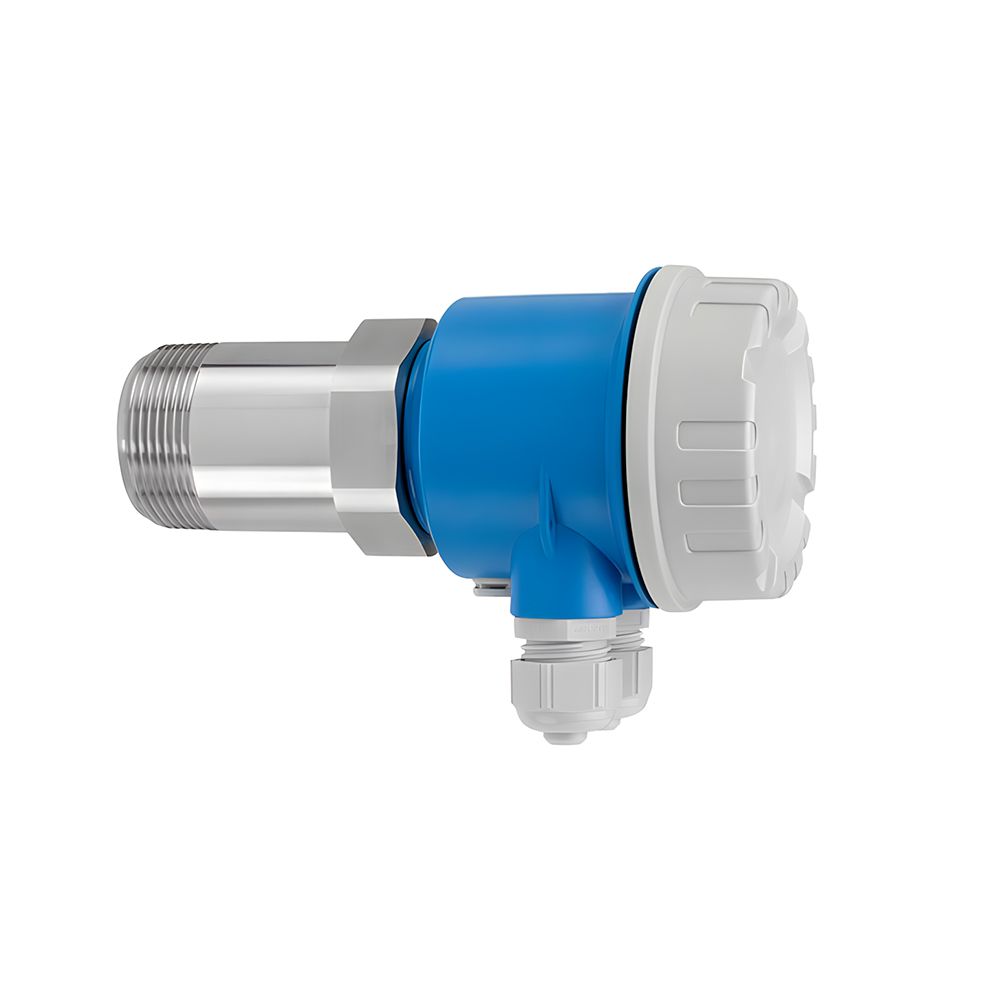Your cart is currently empty!
Microwave Barrier Level Sensor
The Microwave Barrier Level Sensor, also known as a Microwave Level Transmitter or Microwave Level Detector, is another type of level measuring sensor used in the milling industry. Microwave Barrier Level Sensors operate based on the principle of microwave technology. They consist of a transmitter and a receiver unit placed opposite each other across the vessel or measurement area. The transmitter emits microwave signals towards the receiver, and the receiver detects the intensity of the signals after they have passed through the material or reflected off its surface.
Microwave Barrier Level Sensors are suitable for measuring the level of solids, liquids, and slurries in various storage vessels, such as silos, tanks, hoppers, and containers. They can provide continuous level monitoring and are commonly used in applications where other level measurement technologies may be challenging or unreliable, such as with dusty or granular materials
These sensors offer advantages such as non-contact measurement, high accuracy, and reliability. They are not affected by factors like dust, temperature, pressure, or vapor. Microwave Barrier Level Sensors can be used for point-level detection or continuous level measurement, depending on the specific model and configuration.
When selecting and installing Microwave Barrier Level Sensors, it’s important to consider factors such as the material properties, vessel geometry, mounting options, and the specific requirements of the milling process. Proper alignment, calibration, and periodic maintenance are necessary to ensure accurate and reliable level detection.
